Avoiding Noxious Algae: What to do when blue-green algae shows up in your lake or pond
A study of Water Quality – By Matt Ward
Cyanobacteria or blue-green algae is a large group of photosynthesizing organisms that are more closely related to bacteria than to green algae or pond weeds. These organisms disrupt water quality by producing harmful toxins.
Technically this means that they are in a category of their own and have attributes that make them and their management unique.
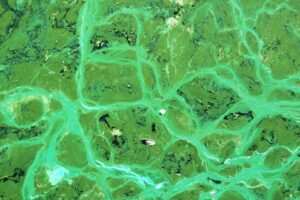
This article will discuss cyanobacteria and their management, touching on major concerns and primary management techniques.
Blue-Green Algae Concerns
After the death of some dogs that drank water tainted with blue-green algae in Texas lakes in 2019, blue-green hysteria seemed to strike the country.
Concerned dog-owners quit allowing their dogs to enter our public waterways or drink from untreated surface water. The truth is that all surface waters contain some amount of blue-green algae and many of these algae are able to produce toxins that can be harmful or even fatal to living organisms that absorb those toxins.
Most intake is through drinking though theoretically enough toxin could be absorbed through the skin to cause harm. In short any water body could have blue-green algae toxin in them and cause harm to animals that use those waters.
That being said, problems are most common when blue-green algae growth is dense. This growth can produce turquoise or emerald green film or sludge, dark green matted algae, particulate plankton aggregates, or many other forms of singular or collective cellular growth.
This growth is typically accompanied by strong smells and is almost universally judged as unsightly. Dense cyanobacteria growth always has the potential to suddenly release cyanotoxins which in turn can produce acute and chronic health consequences for other living organisms including fish and mammals.
Ultimately if your water body has dense cyanobacteria growth, fish and mammals that utilize that water are potentially at risk. If you don’t have that dense obvious growth the risk is greater than zero, but certainly reduced.
Particularities of Blue-Green Algae
Blue-green algae has a handful of attributes that lake managers need to understand to better manage its growth.
First, blue-green algae loves phosphorus. In scientific terms, low N/P (nitrogen to phosphorus) ratios favor blue-green algae over vegetative and green algae growth. Practically speaking this means that when fertilizers containing phosphorus are applied to a watershed, or manure builds up in the same, phosphorus levels will peak along with blue-green algae growth.
Second, even in the absence of excess phosphorus, blue-green algae have adapted to their environment by developing a phosphorus-mining technique. To do this, filamentous blue-green algae will smother the substrate, causing the pH to drop along this interface which in turn releases phosphorus from the sediment where it is commonly found.
Regardless of how the phosphorus ends up in the water column, blue-green algae soaks it up and grows extremely rapidly in the absence of competition. This means that ponds that have a lack of beneficial growth will tend to grow more cyanobacteria than those that do.
Finally, blue-green algae grows perfectly well in extremely hot water and while other plants slow their growth in the middle of the summer. This leads blue-green algaes to experience peak growth in mid-summer.
Management Objectives
The first step in managing blue-green algae is to kill excessive growth when it shows up.
Treatments can be done with various copper formulations but may also be done with various peroxide based chemistries. Growth forms will dictate which product and what formulation is best but know that granular and liquid products are needed in different situations.
It is also important to note that sometimes when algae is treated it can actually release toxins into the water column as it dies. This is where peroxide-based chemistry is particularly useful as peroxides are able to actually neutralize some of the algal toxins.
Proactively speaking there are two main approaches to managing blue-green algae growth.
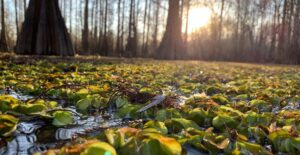
First, N/P ratios can be manipulated and, second, total phosphorus can be reduced.
Many articles have been written about manipulating the N/P ratios in a given fishery. But in our experience it is seldom that adding some nitrogen to a waterbody suddenly shifts blue-green algae growth to green algae or vascular vegetation. More commonly, reducing phosphorus is key to pushing the N/P ratio in a positive direction and reducing the amount of blue-green algae growth a lake experiences.
There are three methods for accomplishing this:
- Take steps to limit phosphorus inputs by reducing livestock densities and reducing fertilizer applications in watersheds.
- Remove phosphorous that does end up in a lake through mineral sequestration via applications of aluminum sulfate or lanthanum bentonite or through uptake by beneficial aquatic vegetation.
- Limit phosphorus levels by aerating a lake to prevent anaerobic conditions on the sediment interface.
Vigilant Algae Control
Keep an eye out for blue-green algae and if you have it take steps to reduce the growth. Treat excessive growth, limit phosphorus inputs, and when growth is dense keep your livestock off the pond or lake. Management of blue-green algae growth is a key to pond management success and maintaining a healthy water body.
Why Choose Lochow Ranch for Pond & Lake Management
Serving Texas, Oklahoma, Arkansas and Louisiana, Lochow Ranch Pond & Lake Management proudly puts more than two decades of experience to work for you. Our team includes biologists, technicians and other professionals with deep expertise in pond and lake management services.
Check us out if you are considering building a lake, looking for pond stocking services, to buy fish for a pond, or getting professional pond management and maintenance or fishery management. Our services include lake design, pond construction, pond renovation, pond water testing, electrofishing, pond stocking, control of pond weeds, and pond liming and fertilizing. Let us help you build your dream pond that will delight your family and friends for generations to come.
Click here to get in touch to get started today.
Matt Ward is a Fishery Biologist for Lochow Ranch Pond & Lake Management. He has a Master of Science in Biochemistry from Texas A&M University and has worked in fisheries management in Texas for 15 years. He brings a passion for good science and an interdisciplinary approach to the natural sciences to help property managers steward their aquatic resources and achieve management objectives.

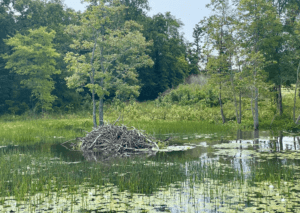
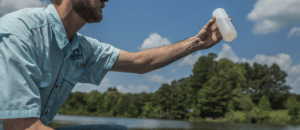
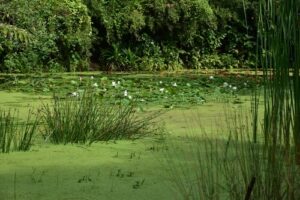 Though most fishery managers think of water quality management as a tool to boost fish production, water quality parameters sometimes need to be manipulated to promote shifts in aquatic plant and algae communities to better support existing fisheries.
Though most fishery managers think of water quality management as a tool to boost fish production, water quality parameters sometimes need to be manipulated to promote shifts in aquatic plant and algae communities to better support existing fisheries.
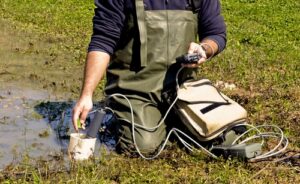


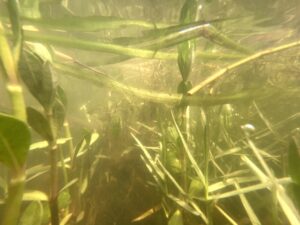


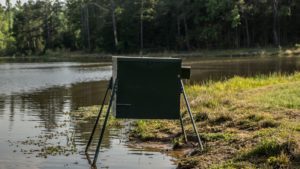

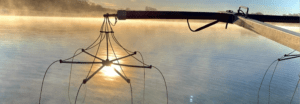

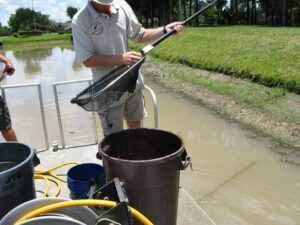
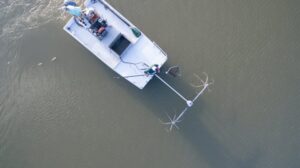
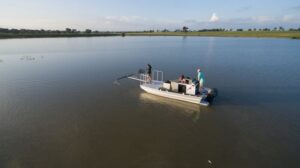
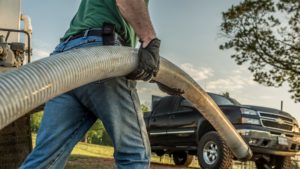

Recent Comments